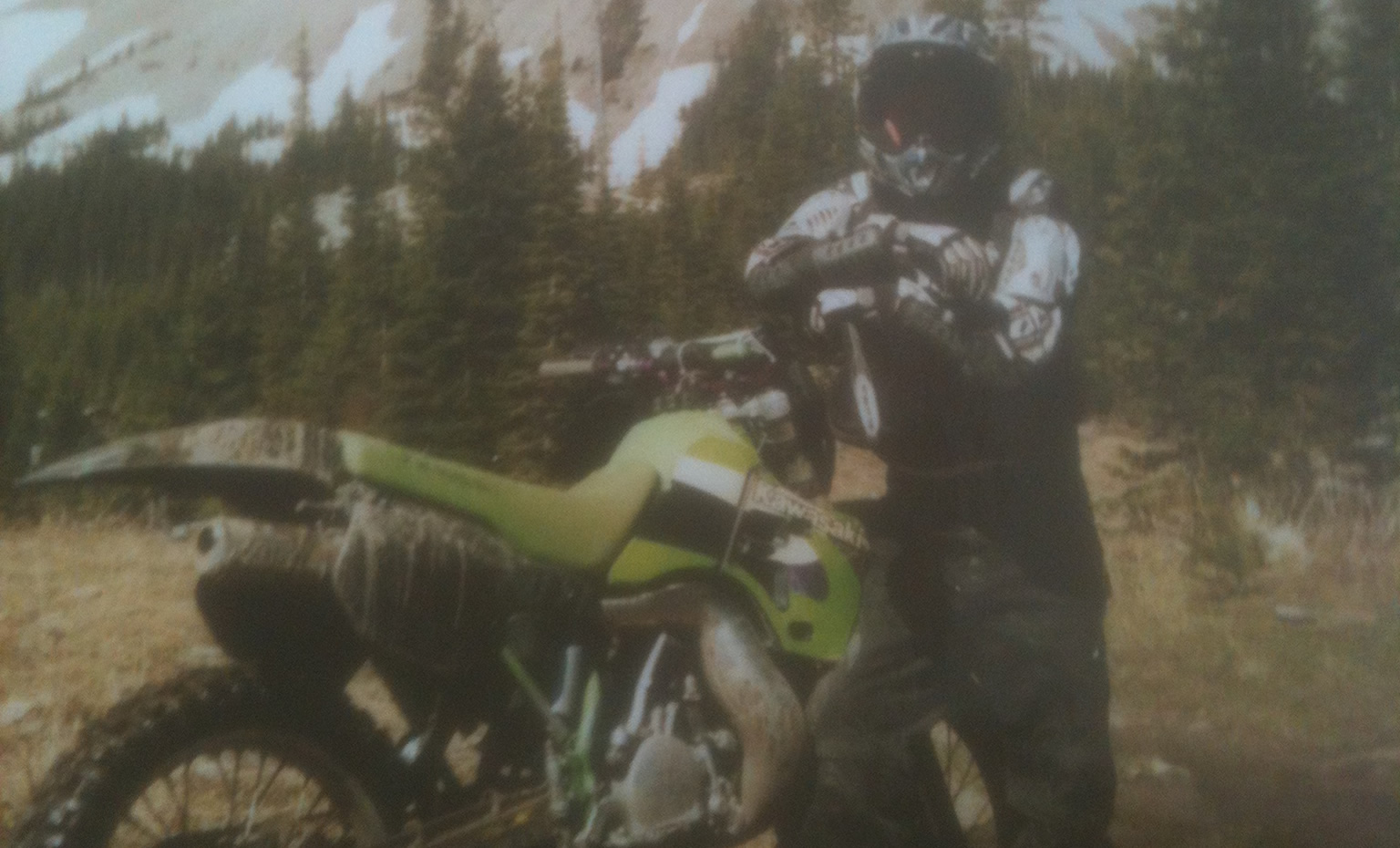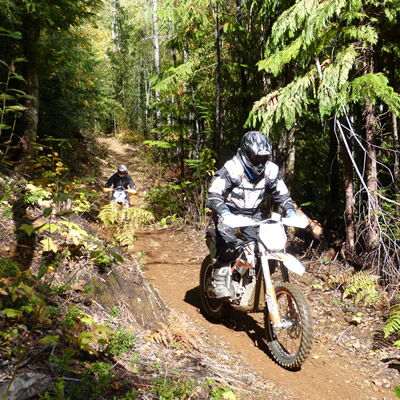The South Saskatchewan Regional Plan will place major restrictions on off-road use in southern Alberta, which includes Calgary, Lethbridge and Medicine Hat. Furthermore, this initiative is in its final phase. Surprised? You’re not alone.
Yes, that’s right. The South Saskatchewan Regional Plan (SSRP) actually affects Alberta and has been moving forward for several years now. Each of the first two completed phases are intended to involve input from the public, but it seems very few people grasped the fact that this proposal indeed has something—a big something—to do with Alberta land use and recreation.
Finding out
Paul Desjardin lives in Lethbridge. He’s just a guy who was born and raised in the backcountry, and who loves to get out there as often as he can. He first began to grasp the meaning of the SSRP at a 2012 off-road motorcycle race in Crowsnest Pass when someone mentioned that it would be the last season for high-elevation riding in the region.
“I dove into it and got online,” said Desjardin. “We freaked out, both me and my friend, and we attended the last stakeholders meeting. We were able to grab onto the booklets. It was basically like being a deer caught in the headlights. I called every dealership, every bike shop, from Calgary to you-name-it, and nobody knew what it was.”
If outlined recommendations are accepted, off-highway vehicle (OHV) use will be restricted to very limited areas. The advice to the Government of Alberta in regards to the SSRP states the following as goals for OHV and open camping in the region.
The 411
“Identify and maintain suitable lands for recreation and tourism. Establish policies (management intents) for these areas which identify appropriate recreation and tourism activities and facilities, as well as the requirements for mitigating or eliminating conflicts associated with other land-use activities.”
Desjardin agrees that riding opportunities should be maintained and sustainable. He simply believes that putting a closed sign on the backcountry is not the best way to do so.
“I love our sport. Speaking for myself and the people I ride with, we want user fees,” he said. “A user fee would make it so we could make an area policed with that funding. We want to put bridges over immediate staging areas—riparian areas where they’re needed. If you want to keep what we have, then manage those areas, police those areas, build bridges. If a trail is too pounded down it shouldn’t mean you just close the area down. You go around it, build another trail and reclaim that area. We just want to have manageable, sustainable trail systems.”
The idea of mandatory OHV user fees is not a new one; they have been implemented in Ontario with success.
A few other downsides
Another consideration of the recreational limitations of the SSRP is the effect it will have on the industry. Various motorsports create big business in southern Alberta, and recreational tourism brings visitors to the area each year. If riding is affected in Alberta, Desjardin claims that the influx of riders to B.C. will be massive. He is concerned that his neighbours to the west will then be forced to implement similar restrictions on their off-roading community. Regardless, the immediate concern is for Alberta land use.
“(The government is) saying Albertans will have their voice again,” said Desjardin, “but there is no Phase 4. After Phase 3 they’re basically going to regurgitate the same plan and put it through cabinet and stamp it and it’s done. We believe this, but most Albertans don’t even understand what's going on.”
Getting involved
So what can be done? First, understand for yourself by visiting the SSRP web page. The framework is there, and the implications are sobering. Desjardin suggests calling government to voice concerns, and sending letters to Diana McQueen, Alberta's minister of environment and sustainable resource development, always remembering that this plan is in its final phase. There is also an online petition that can be signed, although Internet signatures are rarely enough. Finally, always make sure to respect the environment you ride in—everyone can be affected.
“They think closing an area down will be the answer, but it’s not,” said Desjardin. “It should be about managing. You don’t shut down an apartment (building) because you have one bad tenant. No, you deal with that tenant, you deal with that area that’s been wrecked, and you fan people out and make it so there’s less impact.”






Comments